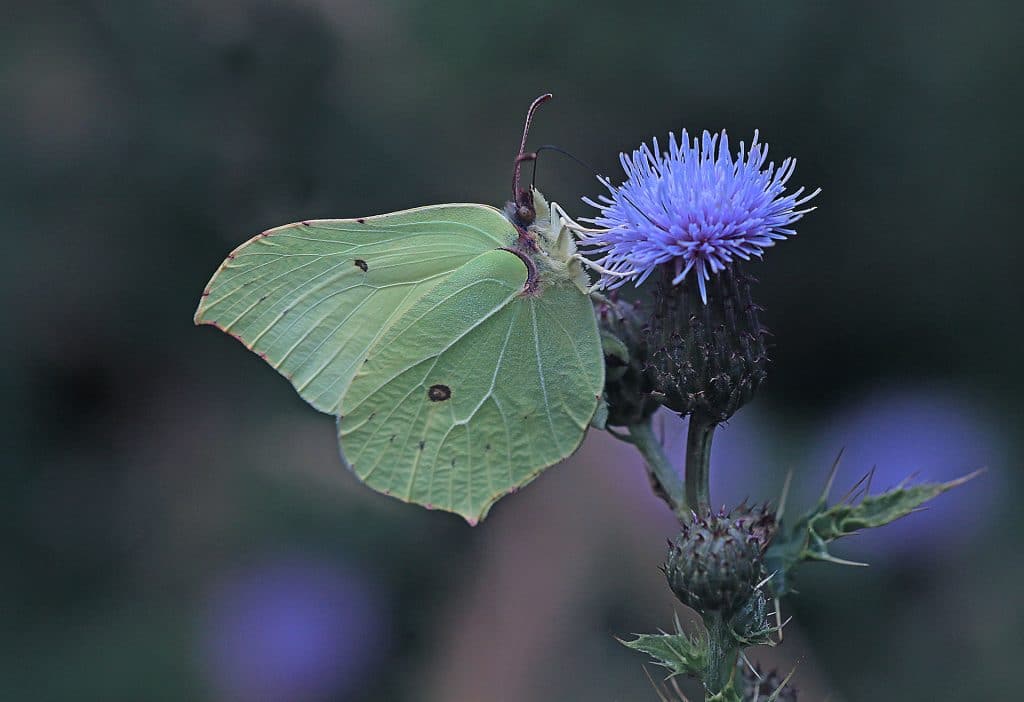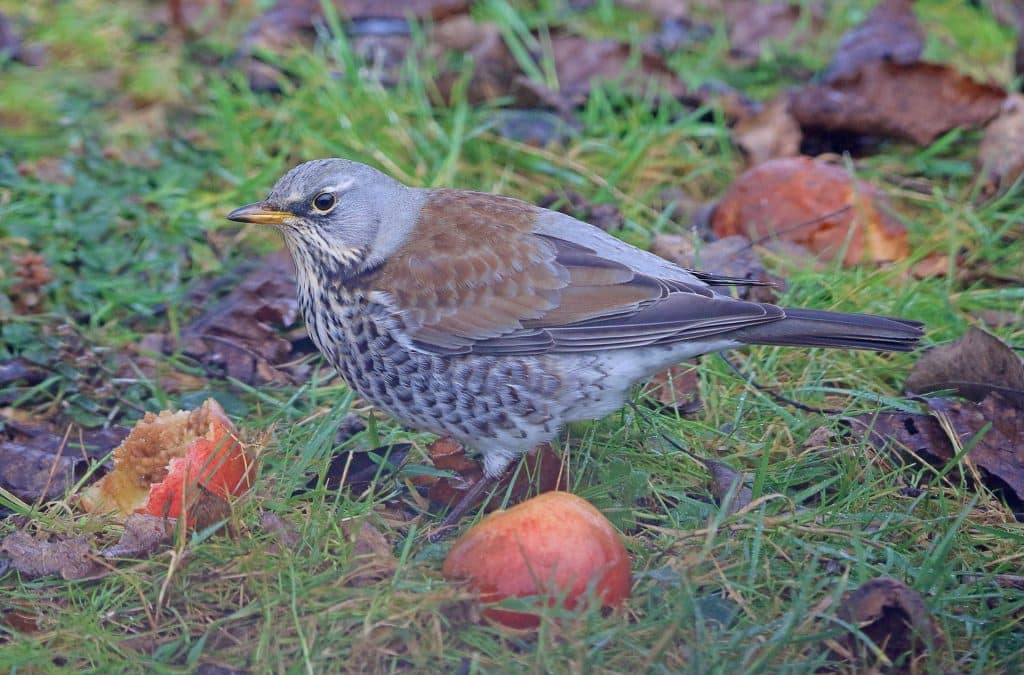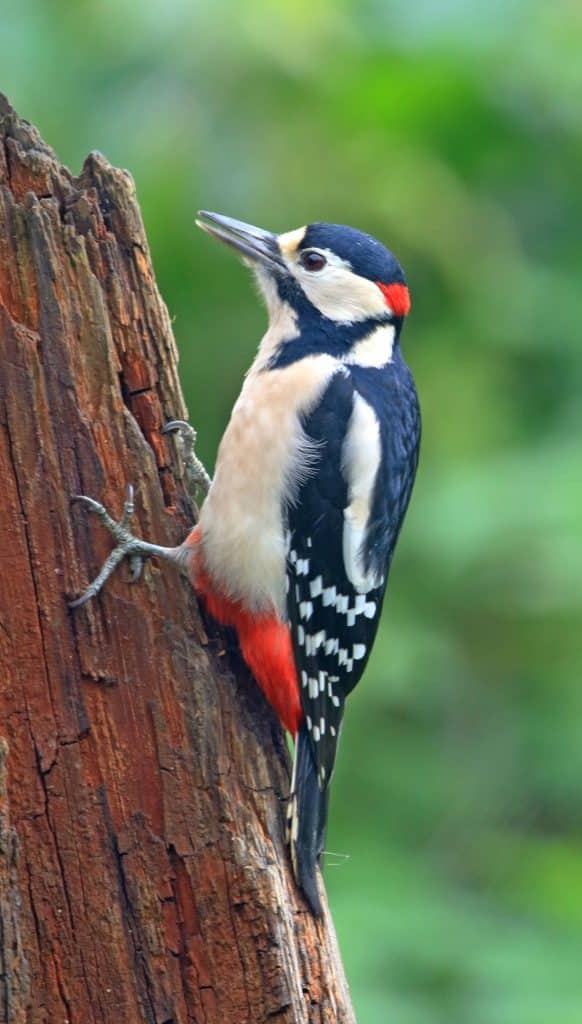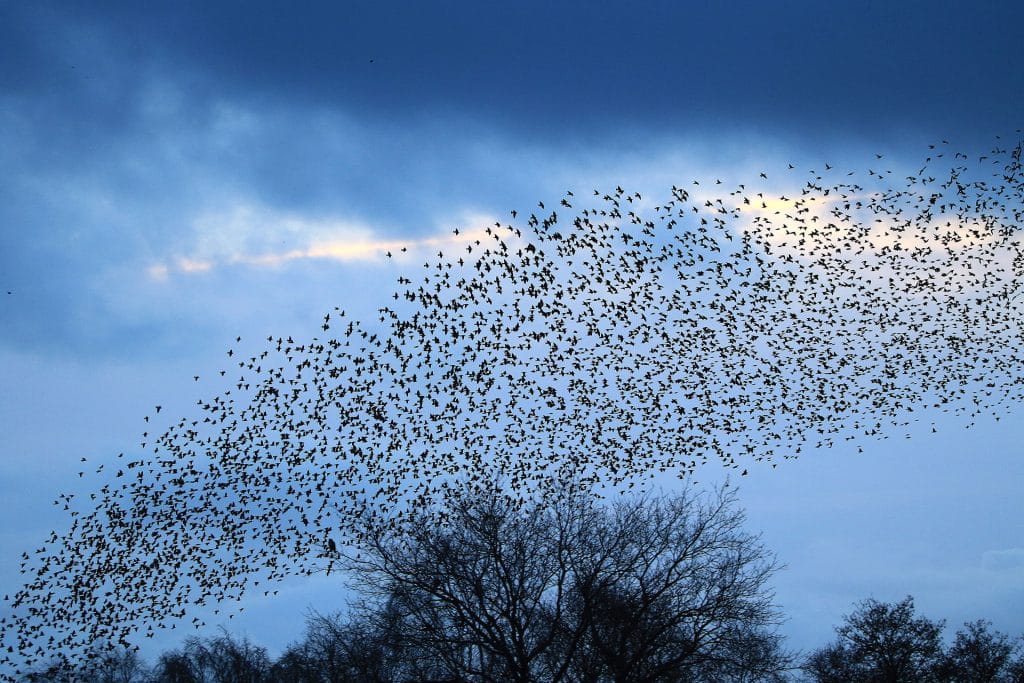Nature Notes: Winter
The world is hushed. Our once vibrant environment lies still and dormant. David Jones walks us through nature in winter
With the glories of autumn having faded, warm reds and browns are now replaced by cooler colours as the landscape becomes tinged with silvery blues and greys.
Chill breezes strip the last leaves from boughs of trees whilst the black silhouettes of rooks, which delight in the high winter winds, perform sombre aerial acrobatics. ‘Parliaments’ of the raucous black bird continue to congregate in their treetop sites and before the year is out, will start to restore nests in time for spring.
Crisp winter mornings are more often than not illuminated by a reluctant pale sun over dew or sometimes frost-carpeted fields and hedges. Yet all is not of neutral tones, for in sheltered hedge banks the solitary, candy-striped blooms of Herb Robert defy the inclemency of winter and give a brief recollection of the past summer abundance.
Here and there too, scentless mayweed displays its daisy-like flowers despite the chill weather. And a splash of colour too can be found in the woodlands and grasslands where springing up amidst the decaying leaf litter until the hard winter frosts hit, fungi proliferate and leafy ferns and velvety cushions of mosses provide a welcome splash of green in a generally barren landscape.

Skeletal Oak, Poplar, and Apple etched against the bleak winter horizon, occasionally play host to the leathery, pale-green foliage and white berries of the parasitic Mistletoe. The mystical plant, sometimes used as a Christmas decoration, does not grow out of the ground but magically appears on host trees and remains green throughout the winter.
A familiar sight in winter is the brown, skeletal form of the Teasel, complete with seed heads which are valuable food sources for flocks of finches and other birds. During the summer, the plant is a bright green with flower heads like green pincushions that can grow up to two metres high. It can be quite a striking plant with its tall upright ridged stems and long, toothed rigid spear-like leaves and pinkish flowers.
However, the Teasel is one of the few wild plants that are actually more familiar in their winter state. The shorter daylight hours and long cold nights of mid-winter make for difficult times for birds and mammals alike to eke out a living and human help via bird tables can mean the difference between life and death. Resident birds in particular, have to tough it out in a relentless search for food with many helped through the bitterly cold season by garden feeder offerings.
Redwings and Fieldfares continue to arrive from Northern Europe and alongside resident blackbirds and Mistle and Song Thrushes, strip hawthorn and rowan bushes of their scarlet berries and roam Cardiff gardens and orchards in search of windfall apples.

Small flocks of blue tits, whose luminous cobalt-blue and primrose-yellow plumage flit from treetop to treetop and provide a fleeting colourful shadow to lighten the winter gloom.
With the trees stripped bare, normally seldom-seen birds such as the Tree Creeper, Nuthatch, and Great Spotted Woodpecker, become more visible as they scamper about the trunks and branches searching for grubs. In the cold winter evening air, flocks of starlings continue to provide a swirling aerial acrobatic show and owls are seen more often because they are forced to spend more time hunting the ever-decreasing seasonal fall in numbers of mice and voles. Even during the coldest of winter months, robins continue to sing and early into the New Year, they start their search for a mate.

in tree trunks
Mid-winter sees foxes become very vocal. During their mating season, vixens wail and scream, and dog foxes bark in an attempt to track down a suitable mate. Fox cubs will be born in late January or early February.
Of resident mammals, only dormice, bats, and hedgehogs hibernate but increasingly with our warming winters, the latter in particular are seen out and about and are helped through the winter by kind humans who put out cat food for them.
In sheds and outhouses, Red Admiral, Small Tortoiseshell, and Brimstone butterflies too are in hibernation, the latter, thought to be the original ‘butterfly’ because of its yellow colour, will usually be the first to emerge to show that winter is on the way out and the infant spring is just around the corner.
Words and photos by David Jones


